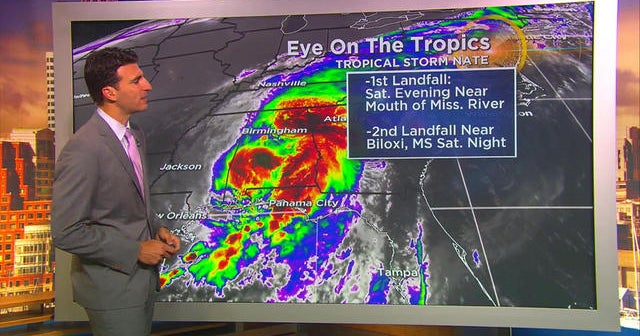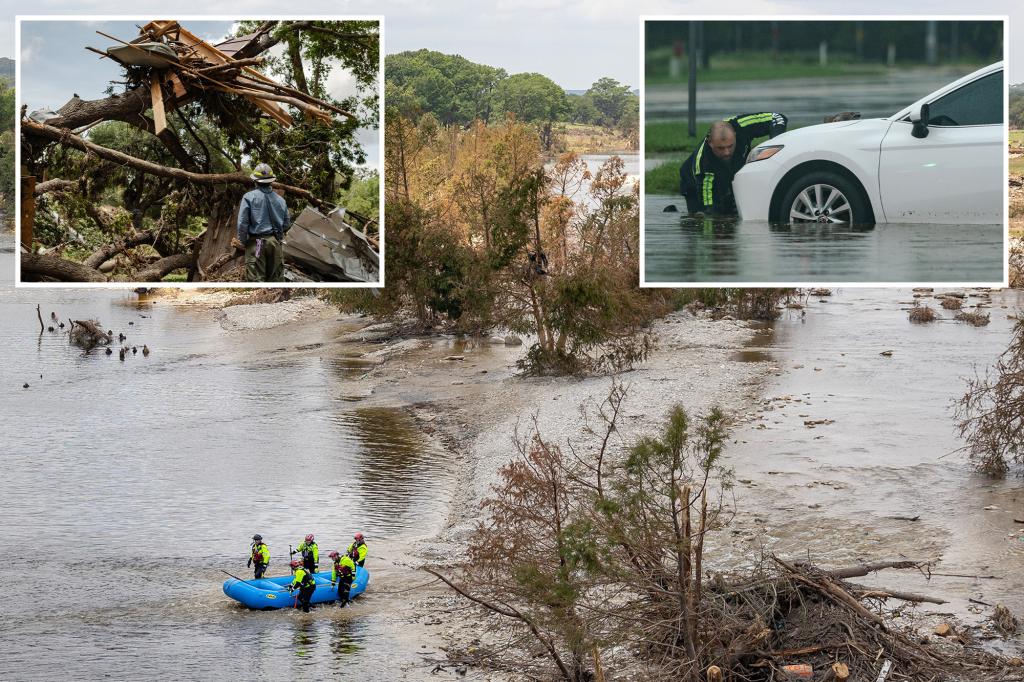Tropical Storm Nate: What You Need to Know as the Storm Approaches
Tropical Storm Nate is intensifying as it makes its way toward the coast, raising alarms about the potential impacts on local communities. Forecasters are closely monitoring its trajectory, and residents are urged to prepare for severe weather conditions that could manifest in the coming days. This article aims to provide an in-depth analysis of the storm’s development, its implications, and essential safety measures.
Current Status of Tropical Storm Nate
As of the latest updates from the National Hurricane Center (NHC), Tropical Storm Nate is exhibiting increased wind speeds and a more defined structure. Current forecasts indicate that the storm may reach hurricane status before making landfall, with winds potentially exceeding 75 mph. Meteorologists are emphasizing the need for vigilance as the storm approaches.
Forecasted Path and Impact
The projected path of Tropical Storm Nate suggests a potential landfall along the Gulf Coast, with states such as Louisiana, Mississippi, and Alabama being in the storm’s projected trajectory. The NHC is providing regular updates on the storm’s path, which is subject to change based on atmospheric conditions.
- Wind Damage: High winds are expected to cause damage to structures, uproot trees, and disrupt power lines.
- Flooding: Heavy rainfall could lead to flash flooding, particularly in low-lying areas and regions near rivers.
- Storm Surge: Coastal areas may experience significant storm surges, which can inundate beachfront properties and critical infrastructure.
Historical Context of Tropical Storms
To understand the potential severity of Tropical Storm Nate, it is essential to consider the historical context of tropical storms affecting the Gulf Coast. The region has experienced numerous storms over the years, with some resulting in catastrophic damage. For instance, Hurricane Katrina in 2005 and Hurricane Harvey in 2017 provide stark reminders of the devastating effects that tropical systems can impose.
Climate change is a critical factor influencing the intensity and frequency of tropical storms. Warmer ocean temperatures can lead to more potent storms, which underscores the importance of preparedness and response strategies.
Preparedness Measures for Residents
As Tropical Storm Nate approaches, residents in affected areas should take proactive steps to ensure their safety and minimize potential damage. Here are essential preparedness measures:
- Emergency Kit: Assemble an emergency kit containing food, water, medications, flashlight, batteries, and important documents.
- Evacuation Plans: Know your evacuation routes and have a plan in place for your family and pets.
- Stay Informed: Monitor local news and the NHC for real-time updates on the storm’s status and safety recommendations.
- Secure Property: Reinforce windows and doors, secure outdoor furniture, and clear gutters to prevent flooding.
The Role of Community and Government
Local governments and community organizations play a vital role in disaster preparedness and response. It is essential for residents to engage with local emergency management agencies and participate in community preparedness initiatives. Effective communication between authorities and residents can significantly enhance safety and resilience.
Looking Ahead: Long-term Considerations
The impending approach of Tropical Storm Nate serves as a poignant reminder of the urgent need for long-term strategies to adapt to a changing climate. As communities rebuild and recover from storms, investing in infrastructure improvements, enhancing emergency response capabilities, and fostering community resilience will be crucial.
Furthermore, public awareness campaigns aimed at educating residents about the risks associated with tropical storms can empower individuals to take charge of their safety. Collaboration between government bodies, non-profit organizations, and the private sector can facilitate resource sharing and logistical support during emergencies.
Conclusion
Tropical Storm Nate is a developing situation that requires the attention and preparedness of all residents along its projected path. By staying informed, taking necessary precautions, and fostering community engagement, individuals can better navigate the challenges posed by this and future storms. The time to act is now—ensure you are prepared for what lies ahead.
See more Your Daily Weather



